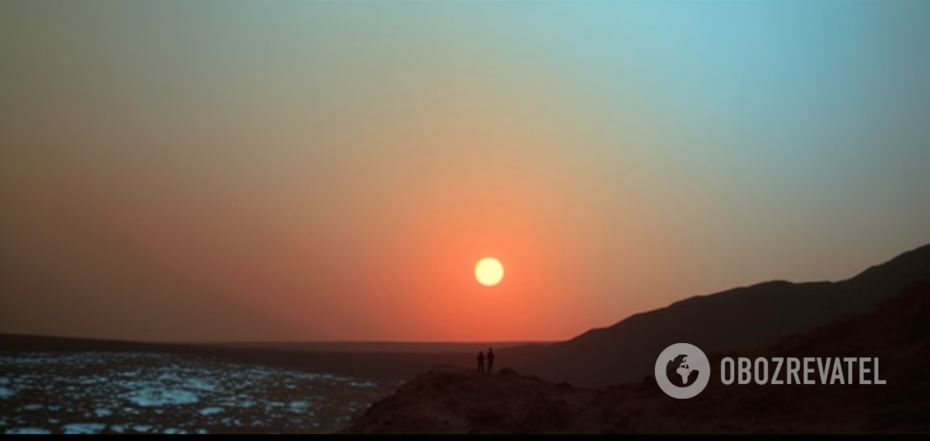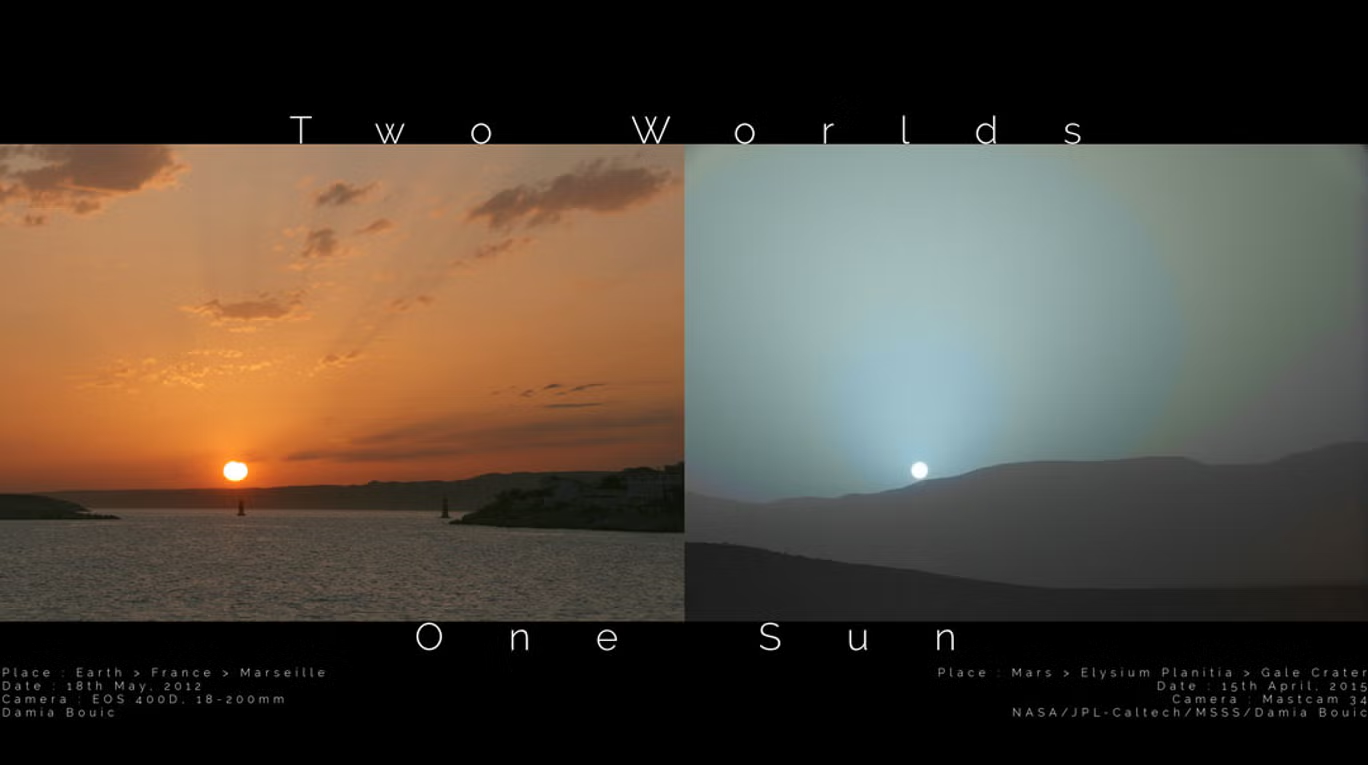News
Unique blue sunset captured on Mars: is it possible on Earth
One of the favorite sights of any person on Earth is the sunset. As it sinks below the horizon, the sun dyes the atmosphere and nature in unusually beautiful colors. But, as NASA's Perseverance rover found out, the end of the day on Mars looks no less impressive - it recorded a blue sunset.
According to the Independent, this gave scientists not only extremely beautiful images of the Red Planet, but also deepened their knowledge of the physics of the Martian atmosphere. The phenomenon, rare even for Mars, was captured by the navigation camera on the 933rd Martian day. (To see the photo, scroll down to the end of the news story)
The footage sent back to Earth by Perseverance shows the sun sinking behind the horizon and painting the sky and landscape a strange blue-green color. For the average viewer, such beauty evokes a sense of delight and aesthetic pleasure from the beauty of natural hues. But for a specialist, the photo is a valuable source of information about the physics of light scattering on the Red Planet and how it contrasts with a similar phenomenon on Earth.
On our planet, various atmospheric gases such as nitrogen, carbon dioxide, water vapor, and solid particles in the atmosphere are involved in the process of scattering sunlight. When the sun is high in the sky during the day, the blue light, which travels in shorter waves, spreads everywhere, making the sky appear blue at this time. When the sun is bending toward the horizon, its rays travel a longer distance through the Earth's atmosphere, which is why longer wavelengths begin to dominate and everything around it is colored yellow, orange, and pink.
As for Mars, its atmosphere is very thin - it makes up only about 1% of the Earth's. The Red Planet is also 50% farther from the Sun than the Earth, and iron-rich dust particles fly over its surface. It is this dust that reflects low-frequency red light during the day, giving the Mars sky its characteristic red hue. And at sunset, when the light has to travel a longer way through the atmosphere, just like on Earth, the red light scatters, turning the sky a cool blue.
On the particular day that Perseverance recorded the amazing phenomenon, all the necessary conditions were in place on Mars. "The colors are due to the fact that the very fine dust is the right size, so the blue light penetrates the atmosphere a little more efficiently," explained atmospheric researcher Mark Lemmon of Texas A&M University in the United States.
"When blue light scatters off the dust, it stays closer to the direction of the Sun than light of other colors. The rest of the sky is yellow to orange in color because the yellow and red light is scattered across the sky instead of being absorbed or staying close to the Sun," he said. "As for the Earth, our atmosphere has a different chemical composition and is filled with a different type of dust and smoke, so we are unlikely to ever see blue at sunset.
Earlier, OBOZREVATEL talked about unusual hexagonal patterns on the surface of Mars that delighted scientists.
Subscribe to OBOZREVATEL's Telegram and Viber channels to keep up with the latest developments.




























